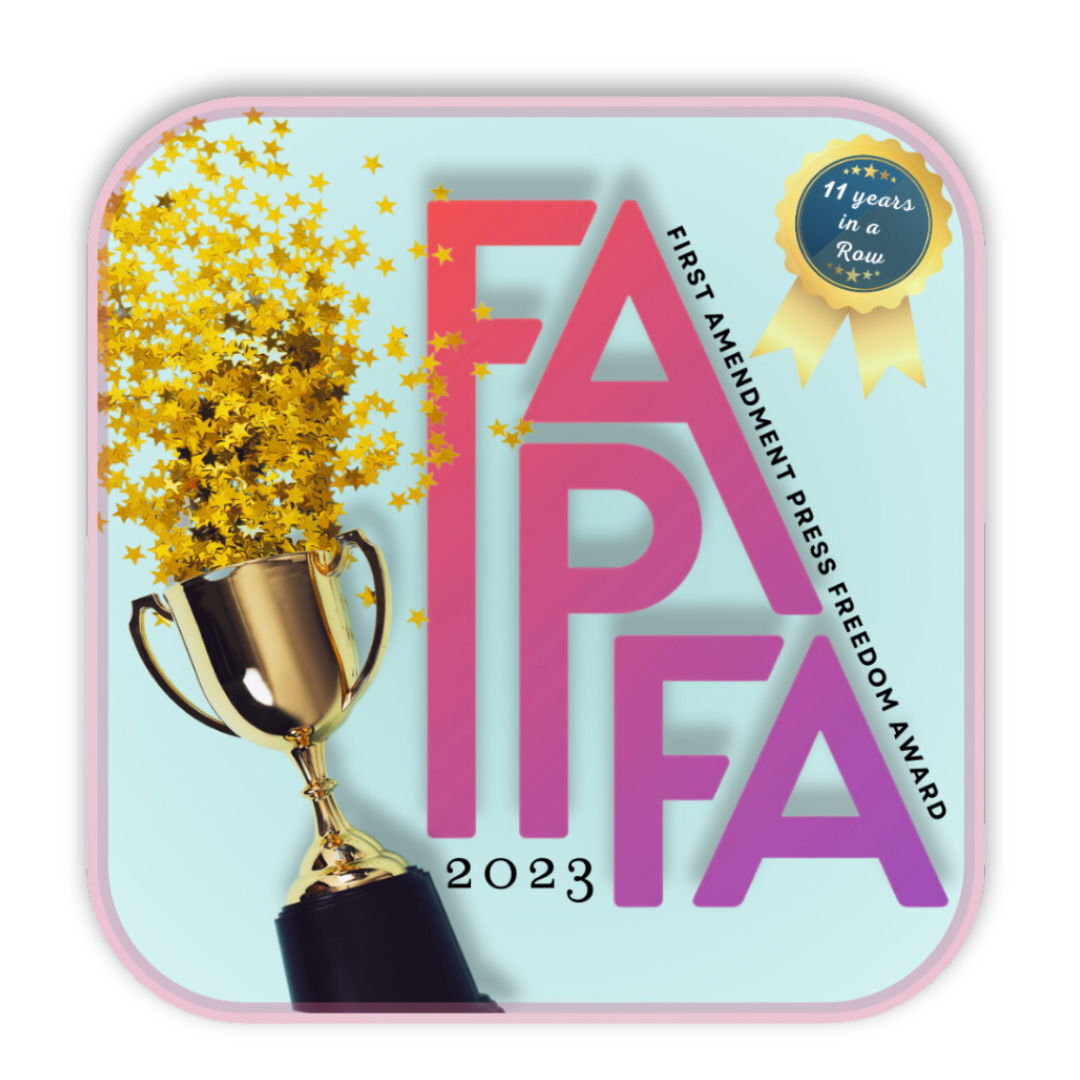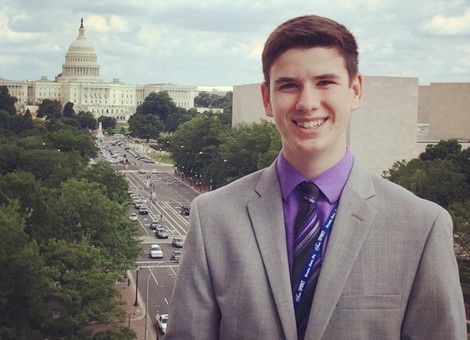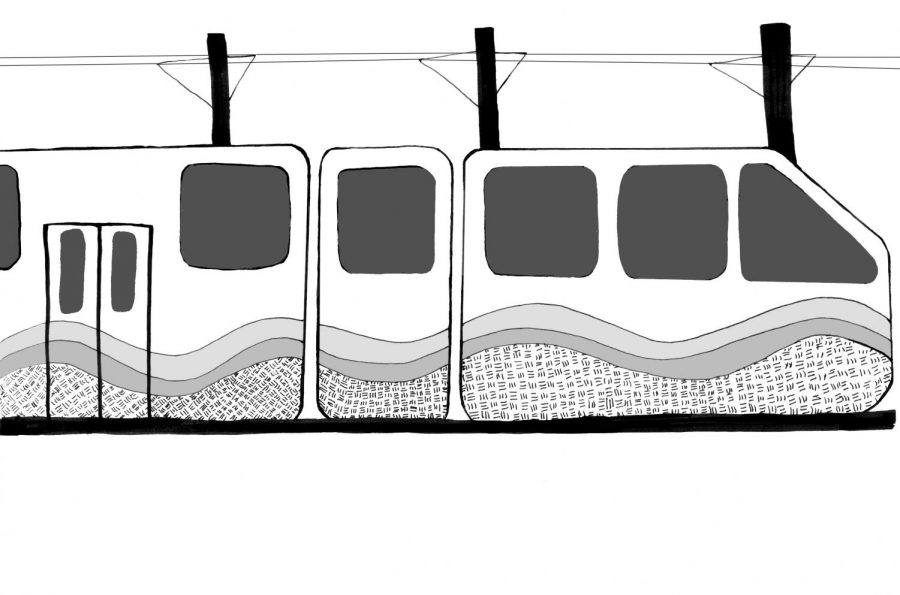Invasive species are not native to the area they are in and are causing harm to the area. Mike Shaw, the Stormwater Program Manager for the city of Mountlake Terrace, has spent a lot of time trying to deal with the invasive species and the nuisance species (species that are native but are harmful).
Nutria, a New Possible Threat?
Nutria (Myocastor coypus) are high on Shaw’s list of concern for Mountlake Terrace. These semi-aquatic rodents pose threat to wetland areas and areas where water is present. Although all the evidence Shaw has on the presence of nutria in Mountlake Terrace is one possible sighting, he believes it is only a matter of time before they get here. The way Shaw knows this is through beavers. Beavers have entered Lake Ballinger in Mountlake Terrace through Lake Washington, connected by McAleer creek. Nutria have been positively identified in Lake Washington. “If beavers are finding their way up through McAleer creek, then we only can assume the nutria will as well,” Shaw said. Although these rodents may seem cute at first, the damage they cause is just the opposite. According to Russell Link, an Urban Wildlife Biologist for the Washington Department of Fish and Wildlife, “nutria construct burrows in the banks of rivers, sloughs, and ponds, sometimes causing considerable erosion.”
The British Are Coming
Actually, the British have come (with invasive species that is). English Ivy, English Holly, and English Laurel are three invasive species that Shaw sees, especially in Mountlake Terrace parks. They are originally from Northern Europe, but have spread to the United States. English Ivy can be seen across the street from the apartment complex in Markland Woods, located in Mountlake Terrace. Many of the trees across the street have ivy growing all the way up to the tops of the trees. According to Shaw, this is very damaging to the tree and can be very dangerous. “It makes [the trees] really top heavy and they can tend to fall over in a windstorm or a snowstorm situation,” Shaw said.
Goose on the Loose
Canada geese are native species, but have now become nuisance species. The problem is, according to Shaw, “rather than migrate like they use to… they’ve decided to stick around year-round.” If you’ve ever gone down to Lake Ballinger golf course, you can clearly see the problem. Large groups of geese can be found at nearly every hole. The geese also turn golfers away from the course because their feces litter the golf course. To combat this geese problem, the city has been contracting with the Department of Agriculture. “Whenever [the Department of Agriculture] finds a goose nest, especially on the island in the middle of the lake [Ballinger], when the geese have laid their eggs they cook the eggs with an oil solution.” Shaw explained. “That solution keeps the eggs from hatching,” he added. These methods, which are being used all throughout the Puget Sound region, are intended to control their population size.
The goose issue in Mountlake Terrace has affected local businesses, including Ballinger Lake Golf Course. Carol Hardy, one of the course owners, said she has seen the effects of the geese on her business. “Unfortunately, parks and golf courses make ideal geese habitat, and because of this we have a reputation for the goose problem which in turn has hurt business,” she said. According to Hardy, “the droppings contain bacteria that can be harmful to customers but especially the maintenance workers. Also, customers don’t particularly like to play through goose droppings.”
These are just a few of the many invasive and nuisance species that pose a threat to Mountlake Terrace and the rest of the Puget Sound area. There are a number of other invasive and nuisance species that are a current threat or could be a threat including Brazilian Elodea, Zebra Mussel, New Zealand mud snail, Himalayan Blackberry, Eurasian Milfoil and many more.
For more information on invasive species of Washington state, visit the Washington Invasive Species Council website








